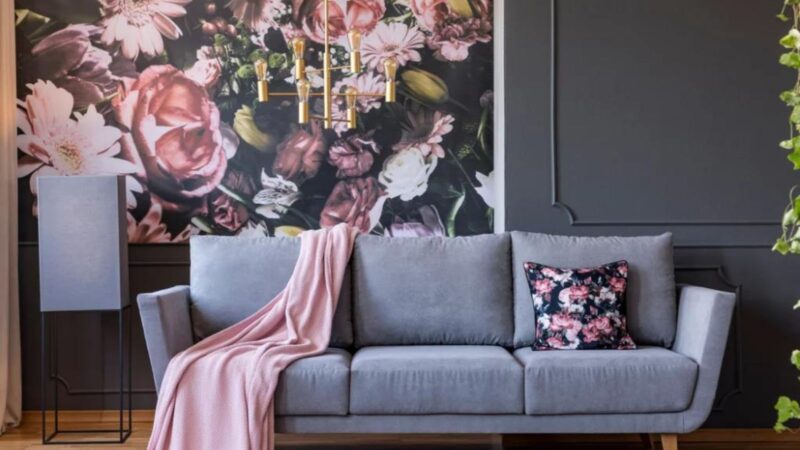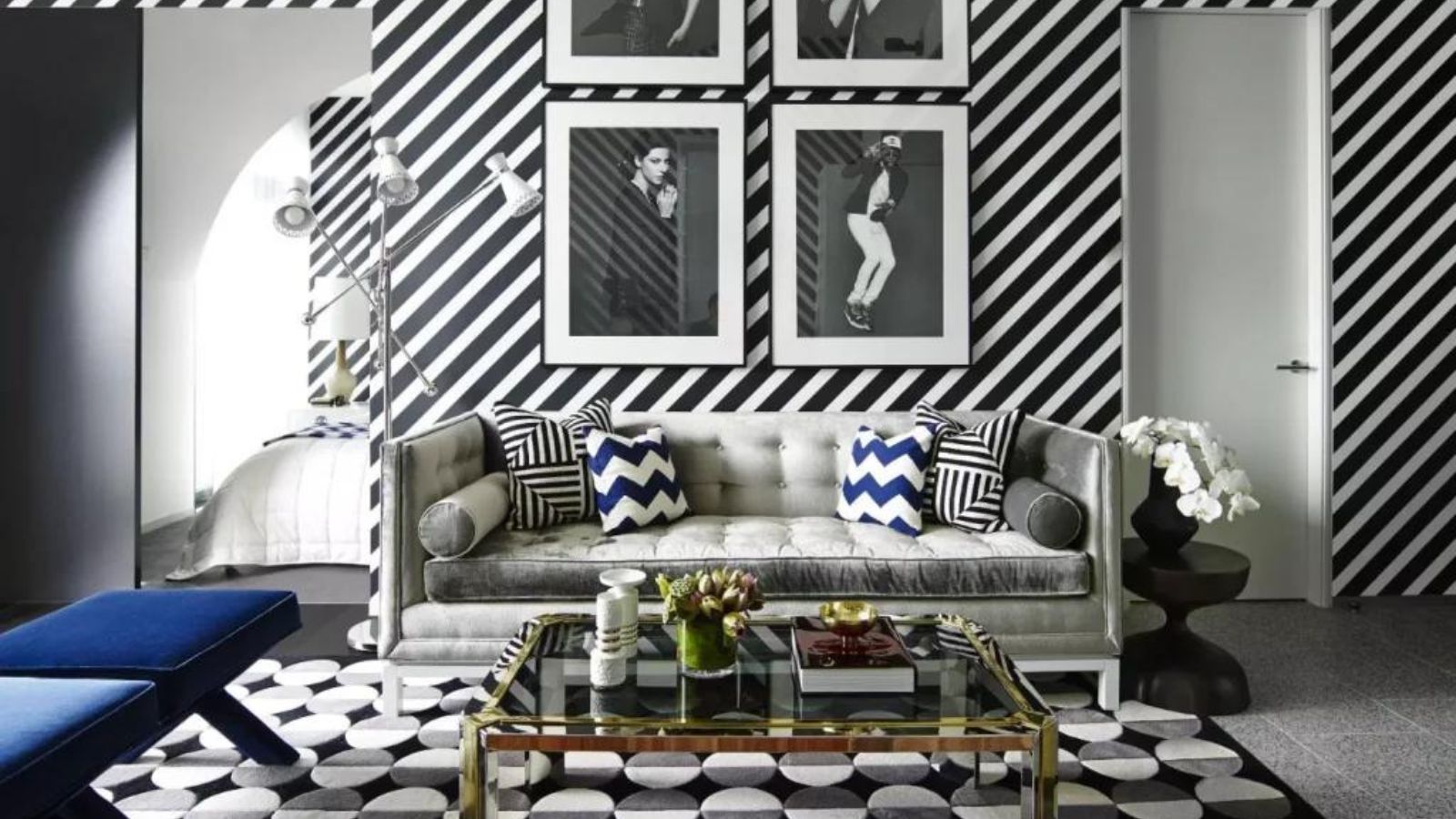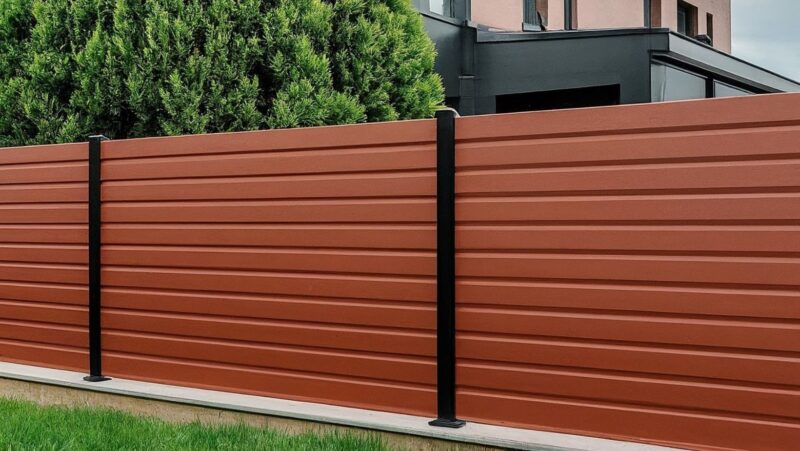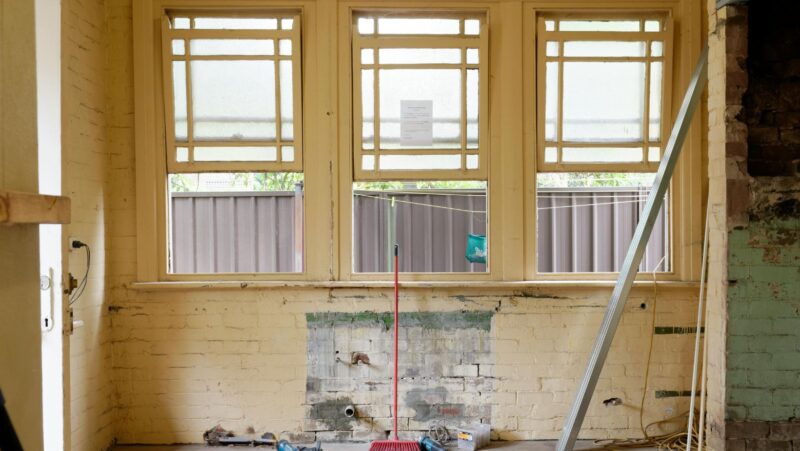Table of Contents
Patterns, they’re the secret ingredients that bring an interior design to life. They inject personality, add depth, and create a visual rhythm that guides the eye through a room. But how can you use them effectively without overwhelming your space?
Whether you’re a design enthusiast or a professional interior designer, understanding the power of patterns is crucial. This article will delve into the art of using patterns in interior design, revealing how they can transform any space into a stunning visual symphony. Let’s explore the world of patterns and discover how they can elevate your interior design game.
The Importance of Pattern in Interior Design
The integration of patterns in interior design carries a weighty importance, predominantly due to their power in evoking emotions and shaping space perception. Patterns, whether geometric, organic, or abstract, introduce visual diversity, adding depth and dimension to a room.

Equally noteworthy, patterns confer personality onto a space. An interior space may appear sterile without this component. By applying different patterns, like stripes for sophistication, floral designs for a feminine touch, or bold prints for vibrancy, designers transform intrinsic characteristics into visual narratives, expressing style preferences and inducing certain feelings.
Tips on Mixing and Matching Patterns
In interior design, mastering the art of mixing and matching patterns delivers a visually interesting space that exudes style, depth, and personality. Design professionals employ a few principles to mix patterns without creating visual chaos.
First, he would maintain a common color palette. Mixing patterns tend to deliver the best results when bound by a defined color scheme, such as neutral tones with accents of red, or the pantone color of the year. This strategy anchors the diverse forms, providing balance and cohesiveness.
Second, it’s wise to vary the scale of the patterns. Incorporating a diverse range of large, medium, and small scale patterns minimizes competition between them and allows each one to shine in its distinct way. For example, he might pair large geometric shapes with smaller, subtler abstract forms.
Another tip to remember: distribution matters. Ensuring that each pattern gets equal visual representation prevents overwhelming the eye. That means, if a geometric pattern dominates the floor, perhaps the wall design in natural patterns.
Using Patterns to Enhance Different Spaces

Living rooms, often the hub of activity, profit from the richness of patterns. Combining striped curtains with floral accent pillows, for instance, creates a dynamic and welcoming atmosphere. It’s also a great way to incorporate Pantone’s Color of the Year, illuminating gray and pairing it with vibrant patterns to generate an entertaining yet cozy space.
Dining rooms, another communal zone, also come alive with patterns. A bold geometric rug under the dining table, paired with abstract art on the walls, can give the area a distinct character. A well-selected table runner with pattern-detailed napkins would add a touch of sophistication.Lastly, bathrooms, small but vital spaces, are where patterns can play big roles. Opt for patterned tiles to instantly uplift the space. Classic hexagonal or fishscale tiles paired with a simple subway tile create a visually enticing contrast.





